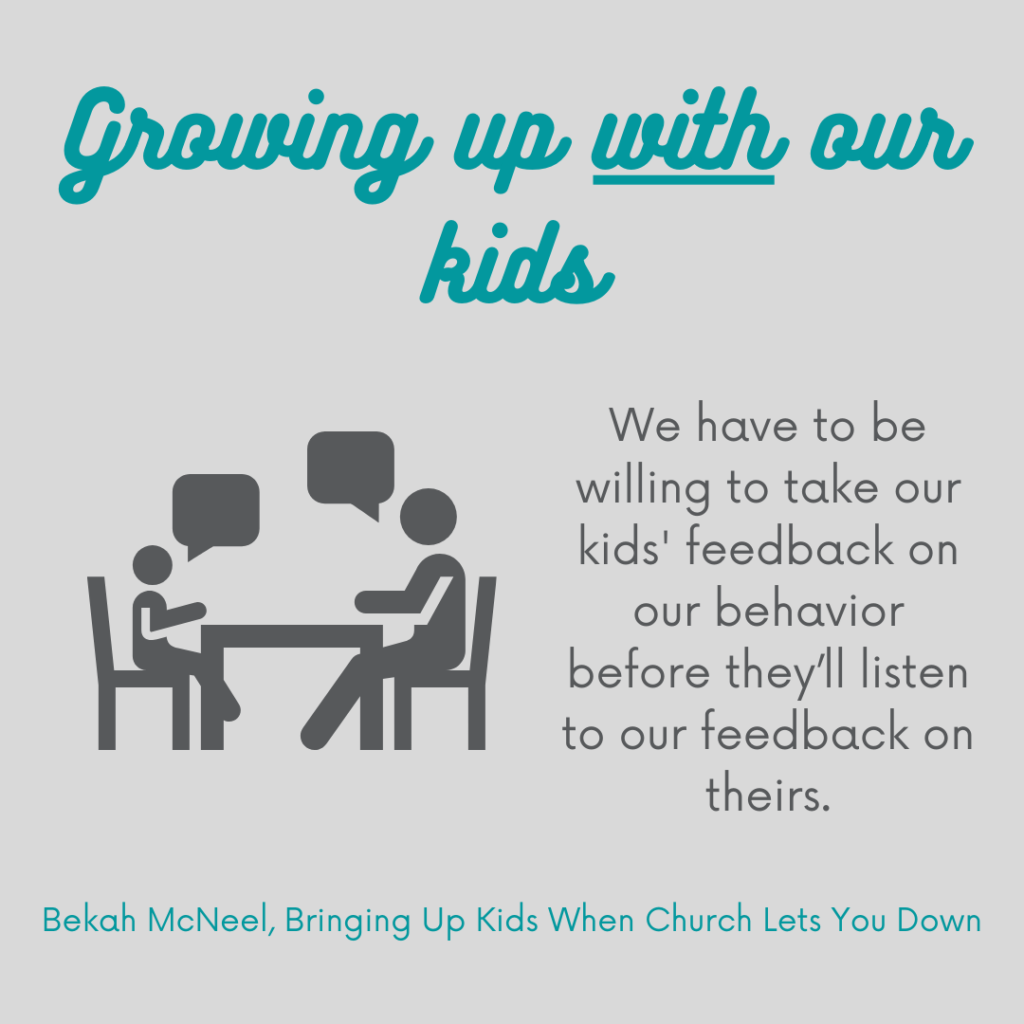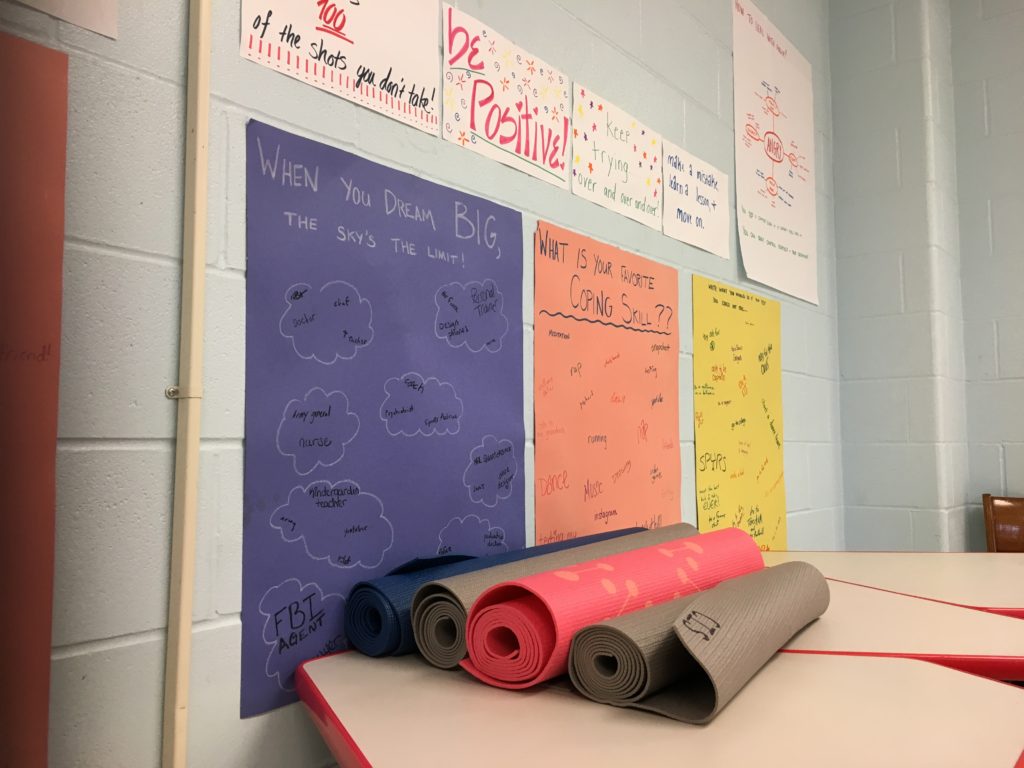Performance Reviews My Children Give Me

One of the most frustrating parts of being a kid is all the uneven feedback. Adults gets to grade, punish, and reprimand you, and you don’t get to weigh in on their behavior at all. Even though we all know other adults, and we know our behavior definitely merits occasional, *clears throat*, feedback.
So we’ve tried to open our house to more feedback. It seems only fair that if we can tell them yelling is not how you get what you want, rolling eyes is the same as telling someone they are dumb, or that bossing their siblings is no way to garner cooperation—then we, the adults, should not yell to get what we want, roll our eyes at their negotiations, or bark orders.
We tell them when we are disappointed. They tell us when they are disappointed. We tell them when we are frustrated. They tell us when they are frustrated. Even if they are disappointed or frustrated with us. The blue and red emotions are on limits at the McNeel household, and no one gets a pass.
Now, I will say that not all of their criticisms are valid. Nor are they rooted in values. Some of their critiques and anger are simply that we are trying to keep them alive. This is apparently infuriating.
They really resent their cavity-free teeth and tangle-free hair. We are irrational tyrants using soap and water to interfere with their efficient fecal-oral transmission of E.coli. Moira used to regularly tell me that she’d checked and her body “doesn’t need sleep like other bodies.” She was offended that I tried to overrule her obvious expertise.
So when you have two critics whose primary complaint is that they are not in the hospital, it can be difficult to take the feedback of “you’re being mean” seriously. I know I’m not being mean. I’m just shouting “get in the car!” because I need us to get to school on time. So they can learn. Go to college. Get the jobs they dream of. Be happy.
But how we relate in the moment is vital to future happiness. At least as vital as adherence to the almighty schedule. Just like each floret of broccoli is an investment in health, so is each kind word and encouragement. So if yelling lands as meanness (which it does, and every adult knows it), then we might as well be feeding their hearts and brains Snickers and Doritos. This is my paraphrase of a lot of quality parenting books that I highly recommend.
Letting our kids tell us how our words make them feel is good information, good feedback when can use as we calibrate their emotional diet. That’s not the only feedback though. They also weigh in on our choices and actions, to genuinely tell us “that was wrong” or, as my son Asa so delicately put it: “That was NOT good parenting, Mom.”
I used to defend myself. I’m an Enneagram One—I like to be blameless. But I know better, really. Even when my ends are wholesome—and they usually are, I’m usually trying to keep them alive, remember?—I know I’m a sarcastic, short-tempered, punchy little pill sometimes. Just like them. Their feedback isn’t usually telling me something I don’t know. I am the adult with the fully mature brain and a 30 year head start on life experience, which isn’t nothing. But they do demand I live according to what I say I believe. They get to hold me accountable, and ask that I behave according to our agreed upon values.
And this is how we practice divesting oneself of power at home. Not all the power, but the power to measure right and wrong with my own measuring stick.
We also let them make decisions about clothes and room decor, snacks within limits, and anything else that doesn’t lead them down to the path to diabetes or the emergency room. Some of their choices do not make me look like the mom who has it all together. Their sartorial decisions don’t always reflect well on me, and some of their hobbies are not the kind you brag about to your competitive friends.
But my kids aren’t here to make me look good.
Too often I’m tempted to equate me looking like a good parent and me being a good parent. I have to give up some control of the former to actually be the latter.
And I also need to be really honest and say that some days I just can. not. take. one. more. criticism. There are days when I am desperate for a win, and my kids will not give it to me. It’s tempting then to feel like they want to see me fail. Like they are hoping for it. But that’s actually not true of our kids. They aren’t frenemies or mean girls or competitors. They envision a world where we can both thrive (and it usually involves me leaving the room so they can continue to paint the bookshelves, toilets, and/or themselves). I usually find what they withhold in unmerited praise, they give in compassion. As tiny Moira said, into the depths of my postpartum anxiety after Asa was born: “You’re my mommy, and you’re doing the best you can.”
Not the five star feedback I like to hear. But definitely the acknowledgement I needed.


